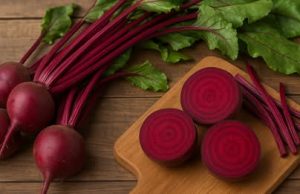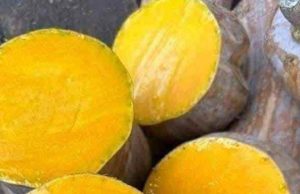Honey can be a wonderful alternative to your refined sugar which is just a source of empty calories. This lovely ingredient made by nature can not only sweeten your life but it is also abundant in minerals, nutrients and living enzymes. If you want to enjoy the benefits of using honey, you must consider its purity before buying. The biggest problem with honey is its quality. It can be quite a challenge to find good, pure honey.

Like many other food commodities, adulteration is common. It is easy to cheat you as commercial honey can often be mixed with glucose solution, high fructose corn syrup and other ingredients you may not even know about. Sometimes, when you open the jar of honey and hear a little ‘pop’ sound that could signal that the honey has been adulterated as some fermentation process may have take place inside it. The best quality of honey comes from bees and not factories and so, a good starting point would be to read the ingredient label. Look out for words like ‘raw’, ‘natural’, ‘forest honey’ or ‘organic’ – they may be safer than regular honey. But, since food regulations remain a bit dodgy, you can never be too sure and this may not be a foolproof way. So, can you really tell the difference between real and fake honey? To know the truth, test it at home. Here are some easy tricks to check
1. Thumb Test
Put a drop of honey on Thumb check carefully if it feels spills, it is not pure, if it is stay on the thumb, it is pure.
Always remember that pure and original honey feels thick, on the other side, the fake honey looks much liquidity.
2. Water Test
Take a glass of water, add one tablespoon of honey into it. If honey is not pure it will dissolve in water.
You can observe honey in the glass, inside the wall of glass. If Honey is pure it will settle down at the bottom of the glass.
3. The Flame Test
You may have not known this, but pure honey is inflammable. Although, we’ll request to you observe utmost caution while performing this test and do it at your own risk. Take a dry matchstick and dip it in honey. Strike the matchstick against the matchbox. If it lights, your honey is pure. If it doesn’t light, it may be adulterated and may also contain some amount of moisture
4. Use vinegar
Mix a tablespoon of honey, some water and 2-3 drops of vinegar essence together. If this mixture foams up, there’s a very high chance that your honey may be adulterated.
5. Blotting Paper
Put some honey on blotting paper, if it is impure it will be absorbed by blotting paper. Pure Honey is not absorbed.
Some other Point:
– Honey is a supersaturated sugar solution. Honey contains 18% water, which is not enough to freeze.
– Honey has energy, it has calories. Those who are fat want to lose weight should take honey in water or in milk. Honey has no fat.
– Honey is kept in liquid form it is not heated or filtered. You can find honey in different forms in the market. Raw honey or Natural Honey is crystallized. It is because of glucose crystals. So, it is pure.
– We find different colors of honey some are colorless and some are Brown. We find different flavors of honey. We see mild flavor as well as bold and strong. Light-colored Honey is always light and dark-colored honey is stronger.
In the end, we would say that Raw honey is safe and good for health. It is also suggested for glowing skin and gym going people. It gives energy to tired people as it has glucose.
In pure honey, no flavor or ingredients are added. Some people like to taste before purchasing it, but it is not a good and smart way to test the honey.
6. The Heat Test
If you heat pure honey, it will caramelise quickly and not become foamy. But, in case of impure honey it may not caramelise and become bubbly on heating. A lot of the differences between pure and adulterated honey can also be identified just with the naked eye by examining its physical properties. Pure honey is dense and trickles only into a stream. It has a soft texture, will never separate into layers and offers a distinct sweet aroma. Raw honey, which is honey in its purest form, often leaves a slight tingling feeling or a mild burning sensation in your throat when consumed.
References: righthomeremedies.com, food.ndtv.com


















